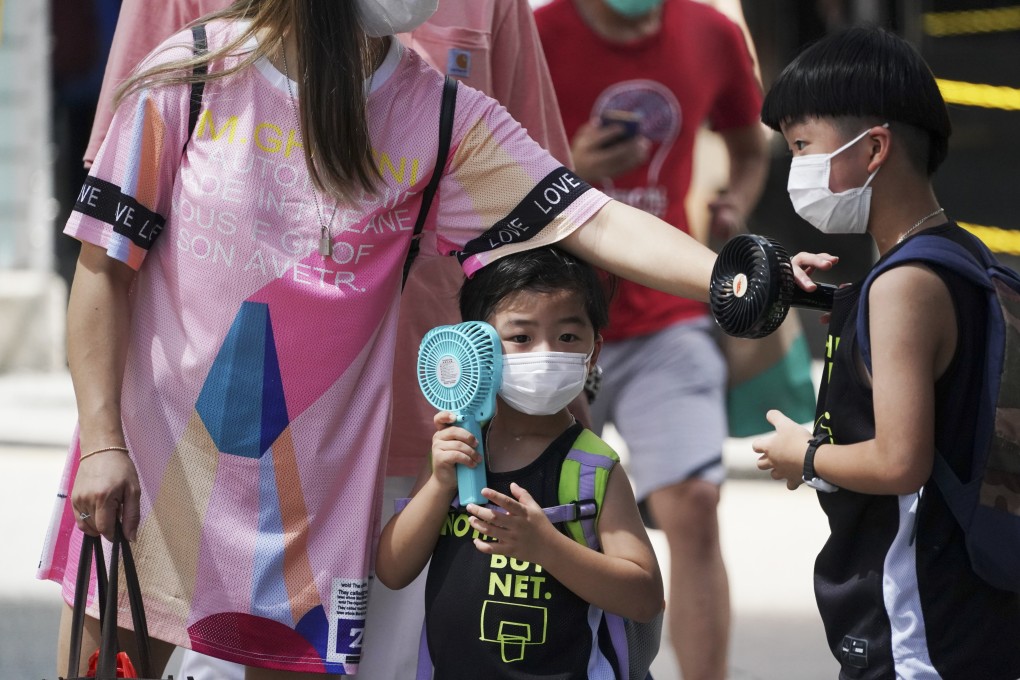Advertisement
Letters | John Lee’s ‘new chapter for Hong Kong’ is missing a page on climate change
- It is unclear whether Lee’s plans for Hong Kong include meeting the city’s carbon emissions goals or building resilience against the effects of climate change
- For Hong Kong to be considered a leading international city, the incoming administration ought to play an active role in climate mitigation
Reading Time:2 minutes
Why you can trust SCMP

Feel strongly about these letters, or any other aspects of the news? Share your views by emailing us your Letter to the Editor at [email protected] or filling in this Google form. Submissions should not exceed 400 words, and must include your full name and address, plus a phone number for verification.
John Lee Ka-chiu unveiled his 44-page manifesto last Friday. The lone candidate in the city’s chief executive election pledged to “start a new chapter for Hong Kong together”, focusing on immediate livelihood issues.
But the almost myopic focus of the plan and the lack of green policies give rise to concerns as to whether earlier climate commitments will be undermined. After all, the government promised just last year that Hong Kong would halve carbon emissions by 2035 and become carbon neutral before 2050.
Advertisement
The urgency of addressing climate change cannot be understated. The Intergovernmental Panel on Climate Change made it clear in April that to avoid the worst of climate catastrophes and limit warming to around 1.5 degrees Celsius, global emissions must peak before 2025 and be nearly halved by 2030.
Hong Kong is exposed to many climate vulnerabilities. Longer periods of sweltering heat and more frequent and intense storm surges are just two of the more obvious ones. Other less direct consequences, such as rising food prices from climate-driven crop failures and competition with other cities for dwindling freshwater resources, will also affect the city’s stability.
Advertisement
If Lee means to prove that Hong Kong still deserves to be considered a leading international city, he must show that the incoming administration will play an active role in tackling climate change.
Certain priorities include: one, decarbonising the energy and transport sectors by moving away from fossil fuels – including natural gas – and greatly increasing the share of renewables backed by energy storage technologies.
Advertisement
Select Voice
Choose your listening speed
Get through articles 2x faster
1.25x
250 WPM
Slow
Average
Fast
1.25x